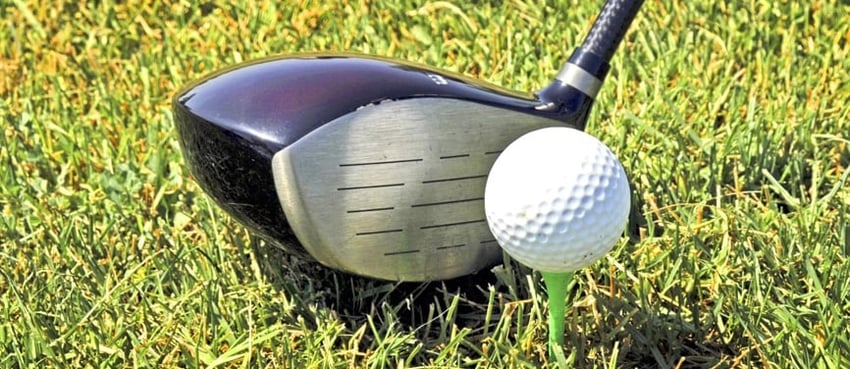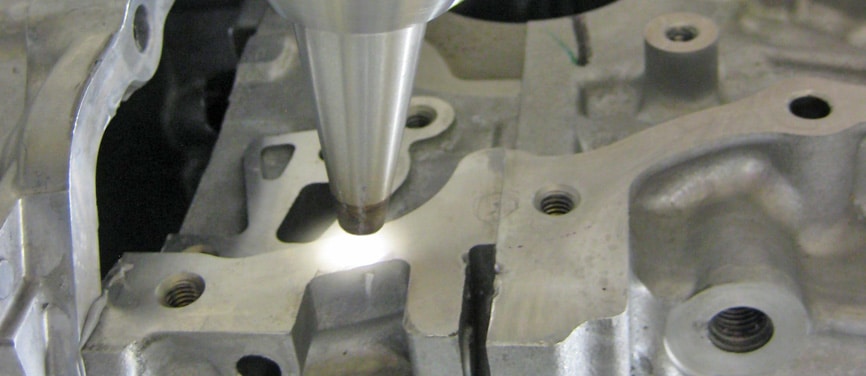Having an efficient surface preparation process is key. But what do you do when that process no longer produces the desired results? How do you verify the success of your surface preparation process?
A golf club manufacturer encountered such a problem. The manufacturer had already implemented a Brighton Science Surface Analyst™ to verify their surface preparation process of golf clubs. Their process involved grit-blasting a metal golf head to prepare it for bonding to a composite. Upon measuring the surface of the post grit-blasted metal head, the engineers were reading contact angles of 50° and even some as high as 60°. These contact angle measurements are uncharacteristic of a recently grit-blasted metal.
The manufacturer had come to the conclusion that the Surface Analyst was defective and out of calibration. So, the golf club manufacturer called a meeting with Brighton Science to present the results.
The Sales Engineer came in with a Brighton Science Performance Verification Check Surface (PVCS), which contains constant surface energy. The Engineer followed the PVCS test process and took measurements on the PVCS. This brought about normal results indicating the instrument was working well. The Brighton Science Sales Engineer’s next question was, “What about the grit-blaster? Could the media be worn or contaminated?”
An engineer from the golf club manufacturer took the instrument to another grit blaster within the facility. He returned with measurements on the same surface reading 5° contact angles—the desired contact angle. Instead of preparing the surface for bonding, the grit-blaster was actually depositing contaminated media onto the surface, creating a surface that would not confidently hold the bond.
The Surface Analyst Gives the Ability to Monitor and Verify
These measurements speak for themselves. Without the Surface Analyst’s role in verifying the grit-blaster, the issue with impure media would have gone unnoticed until failures occurred in the field.
As a result, the manufacturing team decided they needed another Surface Analyst at their manufacturing plant to verify that the surface preparation and bonding processes worked every time. The company gained the ability to verify and monitor their assembly processes and the ability to troubleshoot should an issue arise.




